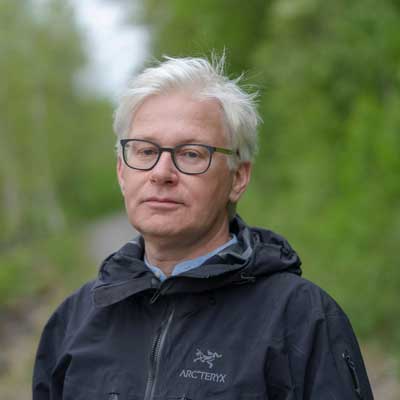Projekt:
jan 2024
jun 2027
Pågående
Predicting vegetation responses of implementing e-flows
Detta projekt kommer att utveckla en metodik för att förutsäga effekterna av att införa miljöanpassade vattenflöden på riparisk växtlighet, vilket är avgörande för biologisk mångfald och funktion i flodekosystem.
Forskarna kommer specifikt att förutsäga resultaten av att införa miljöflöden genom (1) att återinföra höga vattenstånd i samband med vårflod, (2) att införa mer naturliga vattenståndsväxlingar i älvmagasin, och (3) att införa vattenståndsvariation som efterliknar naturliga vattendrag i torrfåror med minimitappning. Dessa åtgärder har identifierats som särskilt lovande för att förbättra ekologiska förhållanden i reglerade vattendrag och betraktas som värdefulla verktyg i processen för omprövning av svensk vattenkraft.
Mål
- Transplantera växtlighet till nya höjdnivåer i strandkantszoner genom att gräva upp torvor och placera dem på olika nivåer, vilket simulerar de hydrologiska förhållanden som förväntas efter införandet av miljöflöden. Denna rumsliga förflyttning ersätter hydrologisk förändring, baserat på antagandet att strukturen i riparisk växtlighet främst styrs av översvämningens varaktighet.
- Beräkna hastighet och riktning för växtlighetens respons i termer av biologisk mångfald (artantal och diversitet) samt växtlighetens täthet (täckning och biomassa) under nya hydrologiska förhållanden. Detta kommer att hjälpa till att förutsäga effekterna av storskaligt införande av miljöflöden och stödja prioritering mellan olika ekologiska restaureringsåtgärder.
- Förutsäga artomsättning, det vill säga hastigheten med vilken nya arter tillkommer och andra försvinner under de inledande stadierna av ekologisk restaurering. Detta möjliggör utveckling av regler för artsammansättning i restaurerade samhällen.
- Ge rekommendationer för införande av miljöflödesalternativ i tre huvudtyper av vattenmiljöer i reglerade flodsystem:• Nedströms sträckor från dammar: Kan flodpulser som efterliknar vårfloder öka växtartsmångfalden? Vad är hastigheten för arttillskott och förluster vid ökad översvämningsvaraktighet?
•Strömkraftverk: Kan strandkantszoner återvegeteras med mer naturlig säsongsvariation i vattennivåer, trots pågående effektkörning?
•Förbipasserade sträckor: Kommer minimiflöde med säsongsvariation att öka växtartsmångfalden, och hur snabbt förändras artsammansättning och biologisk mångfald?
